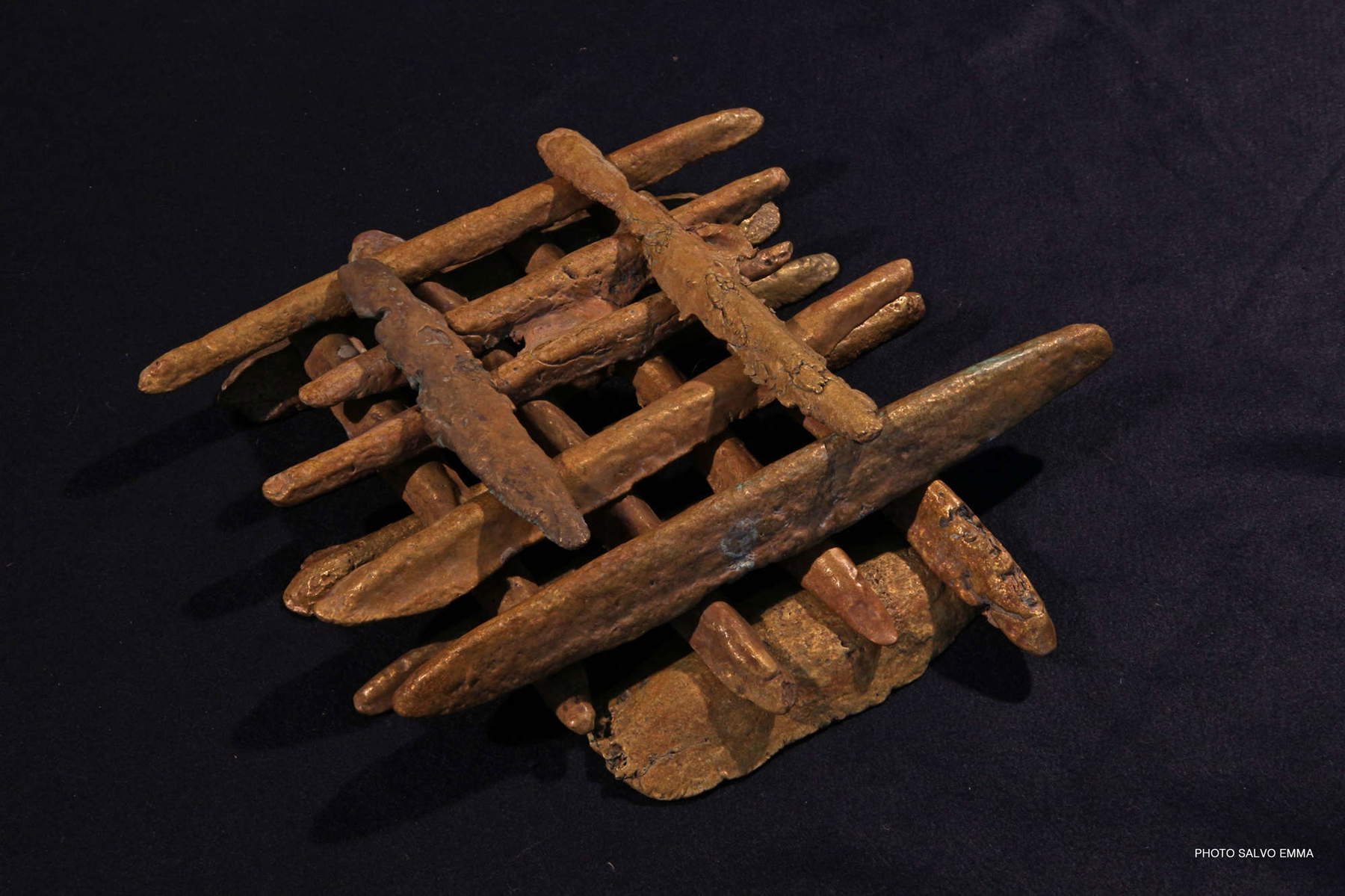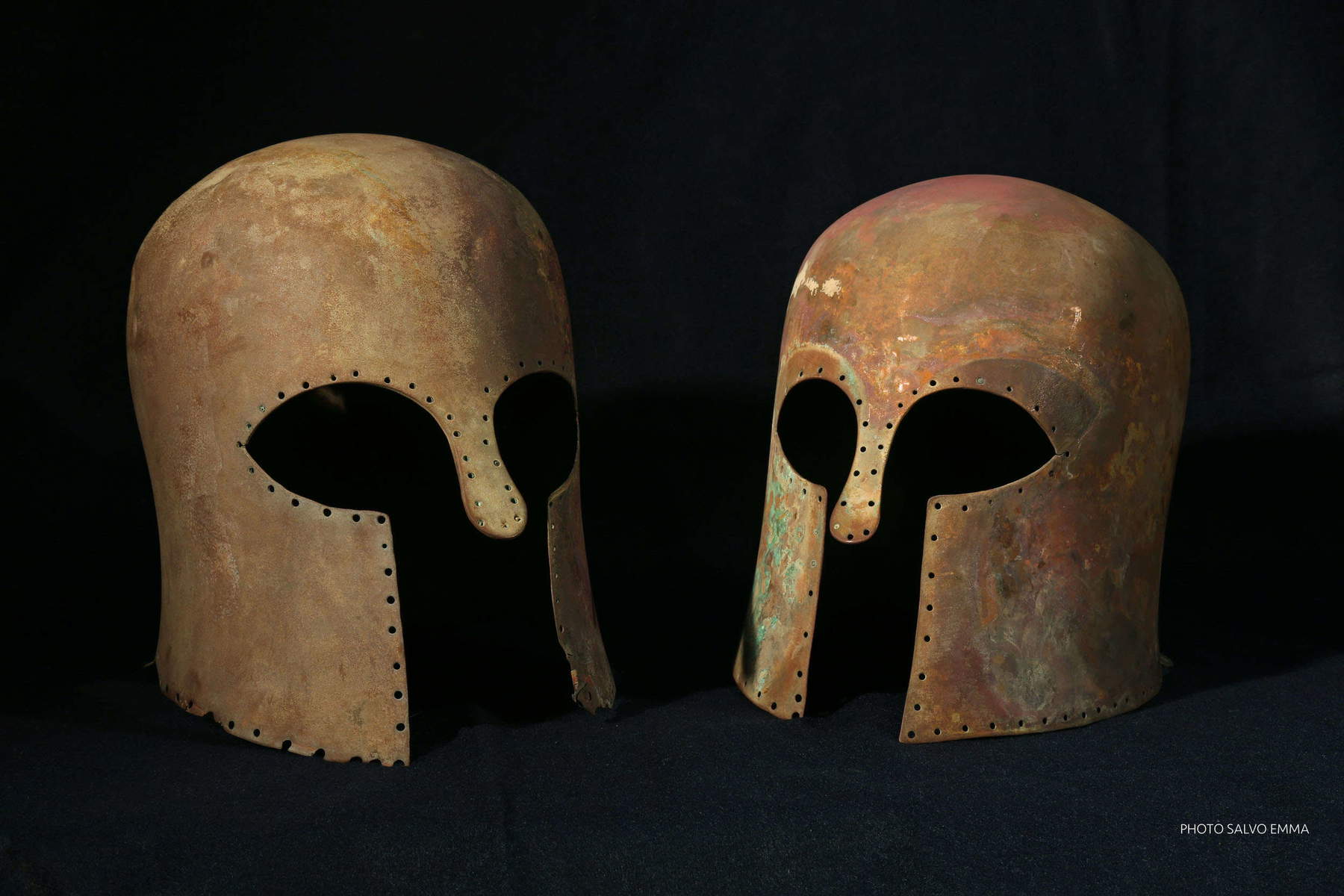Recovery operations officially begin on the Greek-era wreck, dating back to the fifth century B.C., discovered in the seabed of contrada Bulala, near the port of Gela, Sicily. This major project to excavate and recover the wreck named “Gela II” is being carried out and directed by the Superintendence of the Sea of the Sicilian Region. The work will be carried out by the grouping of companies Atlantis of Monreale (Palermo) and Cosiam of Gela (Caltanissetta), winners of the contract worth about 500,000 euros, financed by the 2014-2020 Pact for the South. The expected duration for the completion of operations is 270 days.
The success of this ambitious project is due to the close collaboration between the Superintendence of the Sea, the Superintendence of Cultural Heritage of Caltanissetta and the Archaeological Park of Gela. This teamwork will make it possible to carry out the activities of the first conservative treatment, consolidation and final restoration of the finds, which will take place in the rooms specially set up in the museum located inside the Bosco Littorio, the same one that last year hosted the exhibition on the “Gela I” wreck.
The “Gela II” wreck was discovered by a local diver in 1990, about a kilometer away from the "Gela I" wreck. After locating some ceramic fragments a few meters deep among a pile of stones, which later turned out to be the vessel’s ballast, the diver handed over the finds to the Caltanissetta Superintendency. In 1995, a first systematic underwater survey identified the presence of wooden remains pertaining to the hull and recovered numerous ceramic artifacts from the cargo, which allowed the wreck to be dated. In subsequent years, the seabed at Gela revealed numerous artifacts such as Corinthian helmets, ingots of orichalc (an ancient alloy of copper and zinc similar to brass), amphorae and anchors, all currently on display at the Archaeological Museum of Gela.
The recovery operations, under the supervision of the Superintendence of the Sea as the contracting station, will be carried out in collaboration with the Gela Harbor Master’s Office and Eni Rewind. Roberto La Rocca is the director of works, while Pietro Selvaggio holds the role of single project manager.
“The sea of Gela has returned in recent decades extremely important traces of the past, which contribute to the reconstruction of its history,” says Regional Councillor for Cultural Heritage and Sicilian Identity Francesco Paolo Scarpinato. “The recovery of this second wreck constitutes another opportunity for the Gelese territory to continue that process of cultural and tourist development that this part of Sicily deserves. The two Greek ships and the numerous artifacts recovered in recent years will be able to constitute a cultural attraction pole related to underwater archaeology that Gela has been waiting for for too many years and that will make it possible to combine scientific and cultural needs.”



 |
| Sicily, recovery begins from sea of 5th-century BC Greek ship from Gela. |
Warning: the translation into English of the original Italian article was created using automatic tools. We undertake to review all articles, but we do not guarantee the total absence of inaccuracies in the translation due to the program. You can find the original by clicking on the ITA button. If you find any mistake,please contact us.